Ca'del Lupo (까델루뽀)
2.5Km 2020-04-27
5-5, Jahamun-ro 16-gil, Jongno-gu, Seoul
+82-2-734-5233
Ca'del Lupo is an Italian restaurant, closely located to Paris Baguette in Hyoja-dong, Jongno-gu near Gyeongbokgung Palace Station. Though the restaurnat masters delicious homemade Italian cuisine on the inside, the exterior is wholly Korean. This unique combination of Hanok (traditional Korean house) style housing and Western foods is drawing a lot of people to Hyoja-dong. The great mix of both cultures can be seen in the sophisticated decorations and from the amazing food. The herbs they use are picked directly from the restaurant's personal garden. But to enjoy the atmosphere here, you will have to make a reservation far in advance.
La Cucina (라 쿠치나)
2.5Km 2019-08-01
10, Hoenamu-ro 44ga-gil, Yongsan-gu, Seoul
+82-2-794-6005
La Cucina, located across from the main gate of the Grand Hyatt Seoul, is an Italian restaurant that opened in 1990. The kitchen of the restaurant is divided into five different sections each offering its own carefully selected cuisine. The main menu includes lobster spaghetti, Mediterranean seafood spaghetti and grilled lamb.
The restaurant offers over 700 bottles of wine from its cellar located in the basement of the restaurant. An in-house sommelier will assist you in choosing the best wine. At night, you may enjoy a fantastic view of the Namsan Seoul Tower while dining out on the terrace.
NUHADANG [Korea Quality] / 누하당 [한국관광 품질인증]
2.5Km 2020-09-10
49-7, Pirundae-ro, Jongno-gu, Seoul
010-9692-1330
Guesthouse Nuha is a ‘hanok’ or traditional Korean house consisting of four guestrooms located in Nuha-dong, Seochon (west of Gyeongbokgung Palace, Jongno, Seoul) where many Confucian scholars and artists lived during the Joseon Dynasty.
Exuding a refined atmosphere, Guesthouse Nuha is very popular among not only domestic visitors but also foreign tourists who want to experience the flavor of Korea in a cozy hanok. All four guestrooms (An-bang, Sarang-bang, Geul-bang, and Byeol-dang) are covered with eco-friendly hanji (traditional Korean paper handmade from mulberry tree) wallpaper, and are equipped with a thick cotton-wool comforter and pillows imbued with the scent of Hinoki cypress tree to help guests relieve their fatigue.
Breakfast is served free of charge. Guests can also experience traditional Korean culture here, such as playing a Korean musical instrument (janggu or double-headed drum), playing a game of yut in the yard, or wearing hanbok (traditional Korean clothes). Although a local bus service passes through the village, it is highly recommended to take a quiet leisurely around the area.
Calle Gyeongnidan-gil (경리단길)
2.6Km 2025-07-30
Itaewon-dong 210-65, Yongsan-gu, Seúl
Haeunjae / 하은재
2.6Km 2025-08-12
68-10, Jahamun-ro, Jongno-gu, Seoul
Haeunjae (下隱齋), meaning “hermit’s residence,” is a hanok (traditional Korean house) residence located in Seochon Hanok Village, near Gyeongbokgung Station on Seoul Subway Line 3. It is dedicated to the ideal of “movies and rest,” and takes after the characteristic form of modern hanok with a small courtyard. The entire house is rented out at once, with a queen bedroom, kitchen, movie room, and two restrooms. Up to 4 guests can reserve the house, with each additional guest above the standard of 2 having access to additional bedding.
The movie room is furnished with a Bose sound system, beam projector, and screen, along with a mobile foot bath. The kitchen is equipped with a refrigerator, hand drip coffee maker, toaster, electric kettle, and utensils. A 10% discount is available for guests staying for more than 2 nights on weekdays, and towel replacement and cleaning services are offered for guests staying for more than 3 nights.
The residence is located close to tourist sites like Tongin Market, Gyeongbokgung and Changdeokgung Palaces, and Samcheong-dong area.
Galería K.O.N.G. (공근혜갤러리)
2.6Km 2024-08-06
Samcheong-ro 7-gil 38, Jongno-gu, Seúl
Sarangchae de Cheong Wa Dae (청와대사랑채)
2.6Km 2025-08-20
Hyoja-ro 13-gil 45, Jongno-gu, Seúl
Sarangchae de Cheong Wa Dae es un espacio donde los visitantes pueden aprender sobre cultura coreana y la historia de los presidentes de Corea. Los visitantes pueden también conocer algunas anécdotas e historias relacionadas con Cheong Wa Dae y sentir el encanto de hacer turismo en Corea.
Parque Hyochang de Seúl (서울 효창공원)
2.6Km 2025-08-08
Hyochangwon-ro 177-18, Yongsan-gu, Seúl
+82-2-2199-8823
El Parque Hyochang, de 122.245 metros cuadrados, está situado en Hyochang-dong y Cheongpa 2-dong. Es un lugar histórico, que antes contenía varias tumbas reales, era conocida en aquel entonces como Hyochangwon. Las tumbas, que estaban originalmente en Hyochangwon, son del príncipe heredero Munhyo (primogénito del rey Jeongjo, que fue muerto con solo 5 años), la Noble Consorte Real Uibin del Clan Seong (concubina real del rey Jeongjo y madre del príncipe heredero Munhyo), la Noble Cosorte Real Sugui del Clan Park (concubina real del rey Sunjo), y su hija, la princesa Yeongon. Las tumbas reales fueron trasladadas al cementerio real Seosamneung durante el período de la ocupación japonesa. En 1924, el Imperio japonés implementó la renovación de Hyochangwon para convertirlo en un parque, y en 1940, el gobernador general japonés, oficialmente, designó este sitio como un parque.
En la actualidad, algunos de los grandes líderes coreanos están enterrados en el Parque Hyochang. La mayoría de los restos son de activistas independentistas frente a Japón, incluyendo Yoon Bong-gil, Lee Bong-chang y Baek Jeong-gi, cuyas sepulturas son colectivamente conocidas como “Samuisa-myo” (tumbas de los tres mártires). Una estatua de Lee Bong-chang se levanta en el cementerio. Otros mártires patriotas que están inhumados en el parque son Kim Koo y algunos de los personajes importantes del Gobierno Provisional de Corea, tales como Lee Dong-nyeong, Cha I-seok y Cho Seong-hwan. El santuario ancestral, llamado Uiyeolsa, se encuentra al lado de la puerta principal y cuenta con los retratos de los difuntos independentistas.
CAFÉ TERRACE (카페테라스)
2.6Km 2021-03-26
102-2, Samcheong-ro, Jongno-gu, Seoul
+82-2-723-8250
It is a café that serves delicious waffles. This cafe is located in Jongno-gu, Seoul. The representative menu is waffle.
Museo de la Vida Cotidiana de Bukchon (북촌생활사박물관)
2.6Km 2022-08-30
Bukchon-ro 5-nagil 90, Jongno-gu, Seúl.
En este museo se exponen aquellos objetos y muebles antiguos recolectados en el área de Bukchon, en Seúl. Fue inaugurado en el año 2003 y tiene en exposición objetos utilizados hace cientos de años y heredados por varias generaciones, pero que han caído en desuso tras la industrialización. Entre ellos se encuentran el maetdol (molino de piedra que se utilizaba para moler granos), el jangdok (tinaja para almacenar conservas como salsa de soja, pasta de pimiento rojo, etc.) y el yogang (urinal coreano), entre ellos.
Desde antaño, la zona de Bukchon, que incluye los barrios de Wonseo-dong y Samcheong-dong, fue un área de concentración y conservación de las casas tradicionales hanok. El secreto por el que dichas casas se mantienen hasta hoy en día se debe a su estilo arquitectónico tradicional, compuesto por un depósito, el suelo de las habitaciones cubierto de madera, la buhardilla, etc. Hasta la fecha, el museo conserva aproximadamente 20,000 piezas de la vida cotidiana, pero en exposición hay entre 300 y 400.
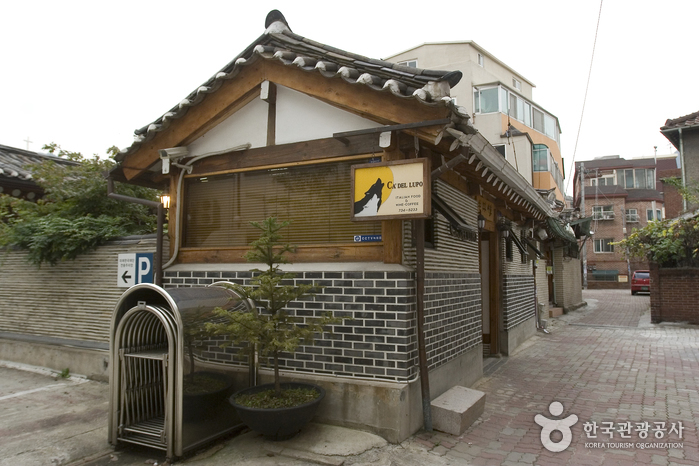
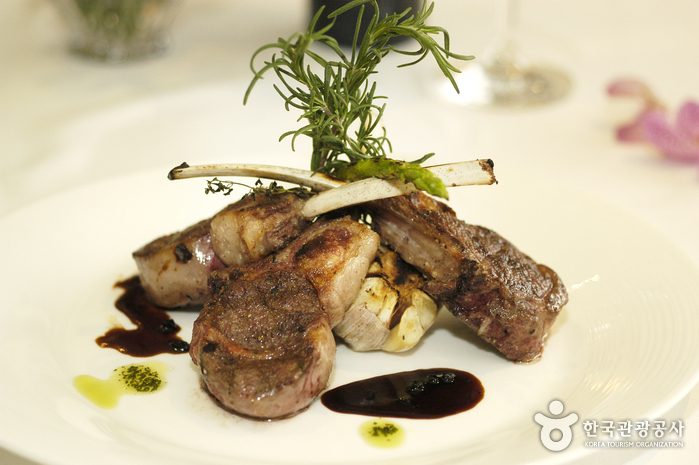
![NUHADANG [Korea Quality] / 누하당 [한국관광 품질인증]](http://tong.visitkorea.or.kr/cms/resource/58/2532358_image2_1.jpg)

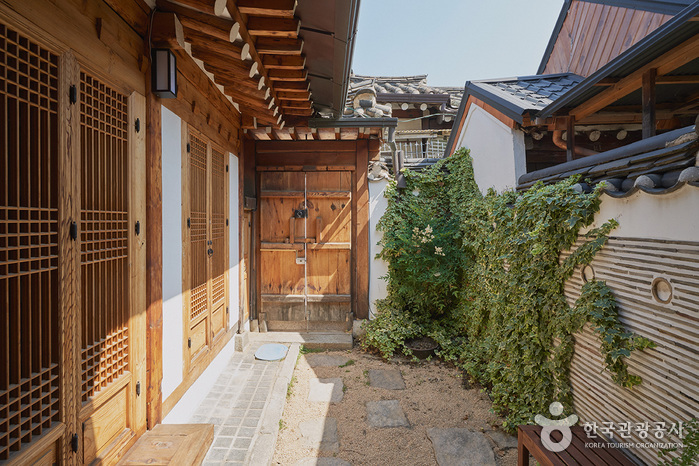
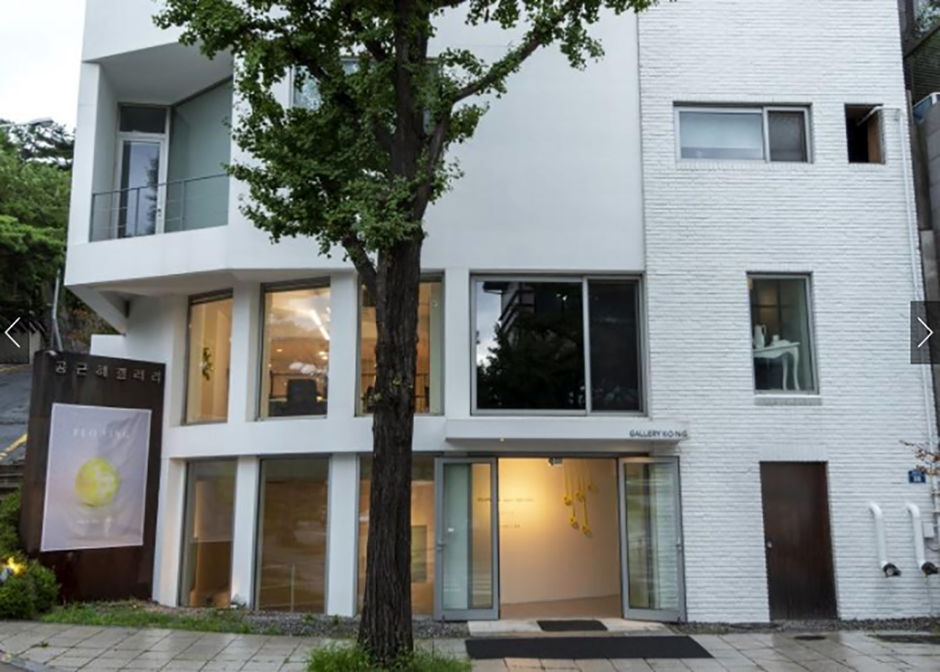
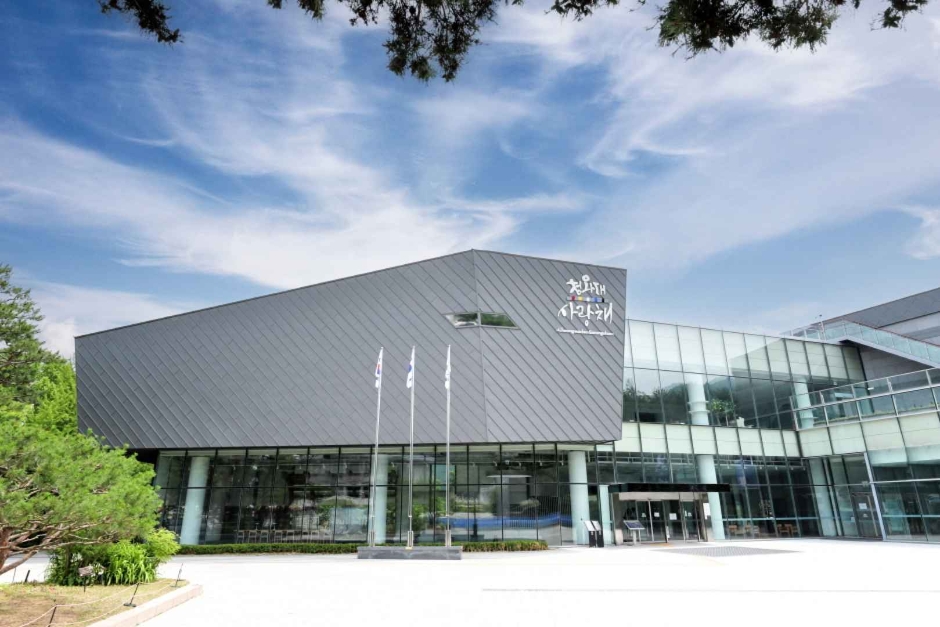
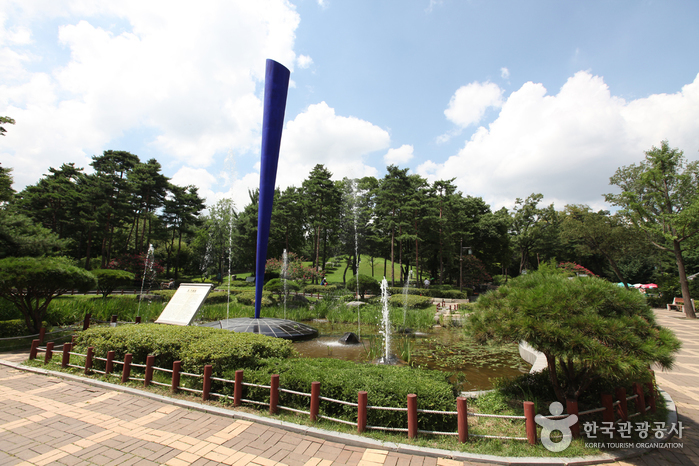
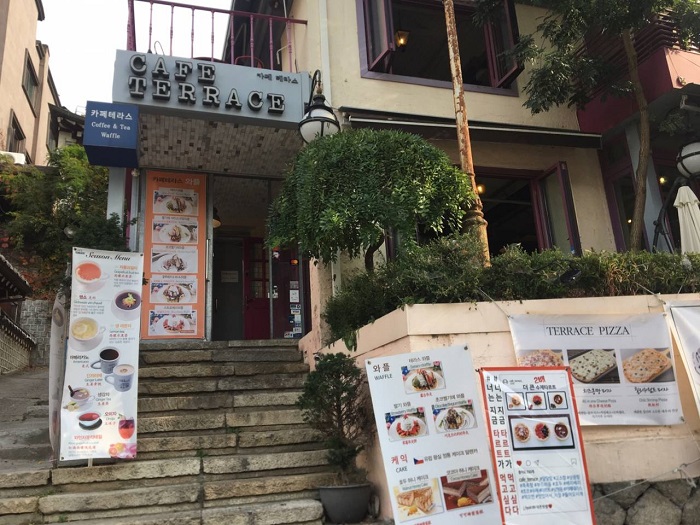
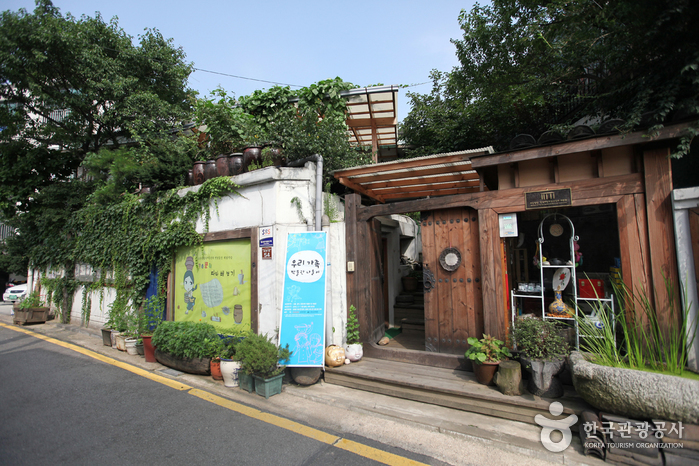
 Español
Español
 한국어
한국어 English
English 日本語
日本語 中文(简体)
中文(简体) Deutsch
Deutsch Français
Français Русский
Русский